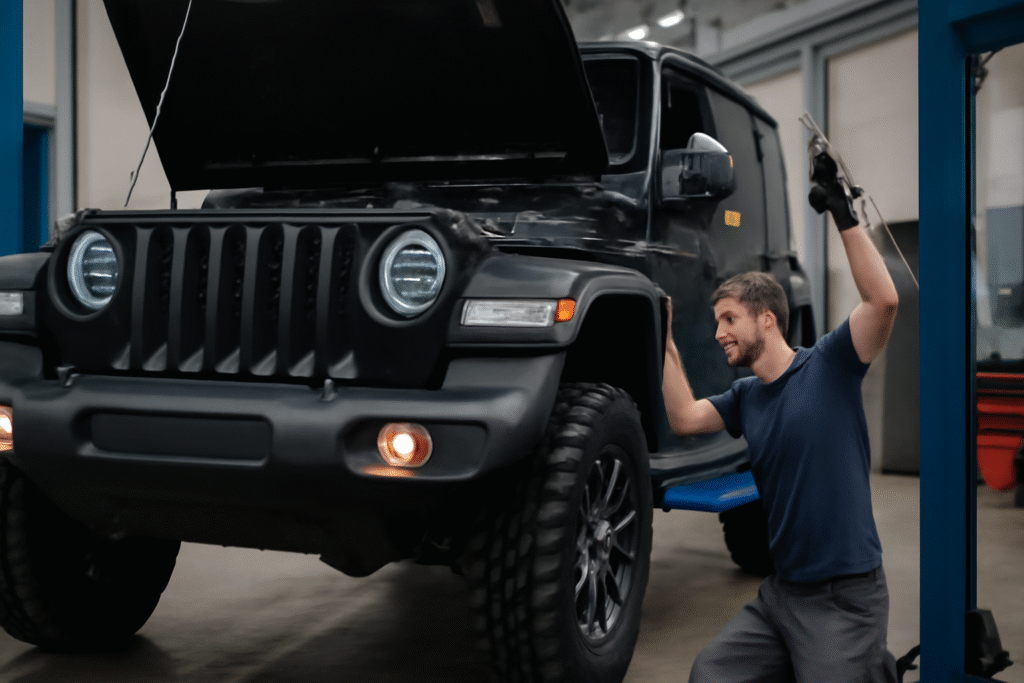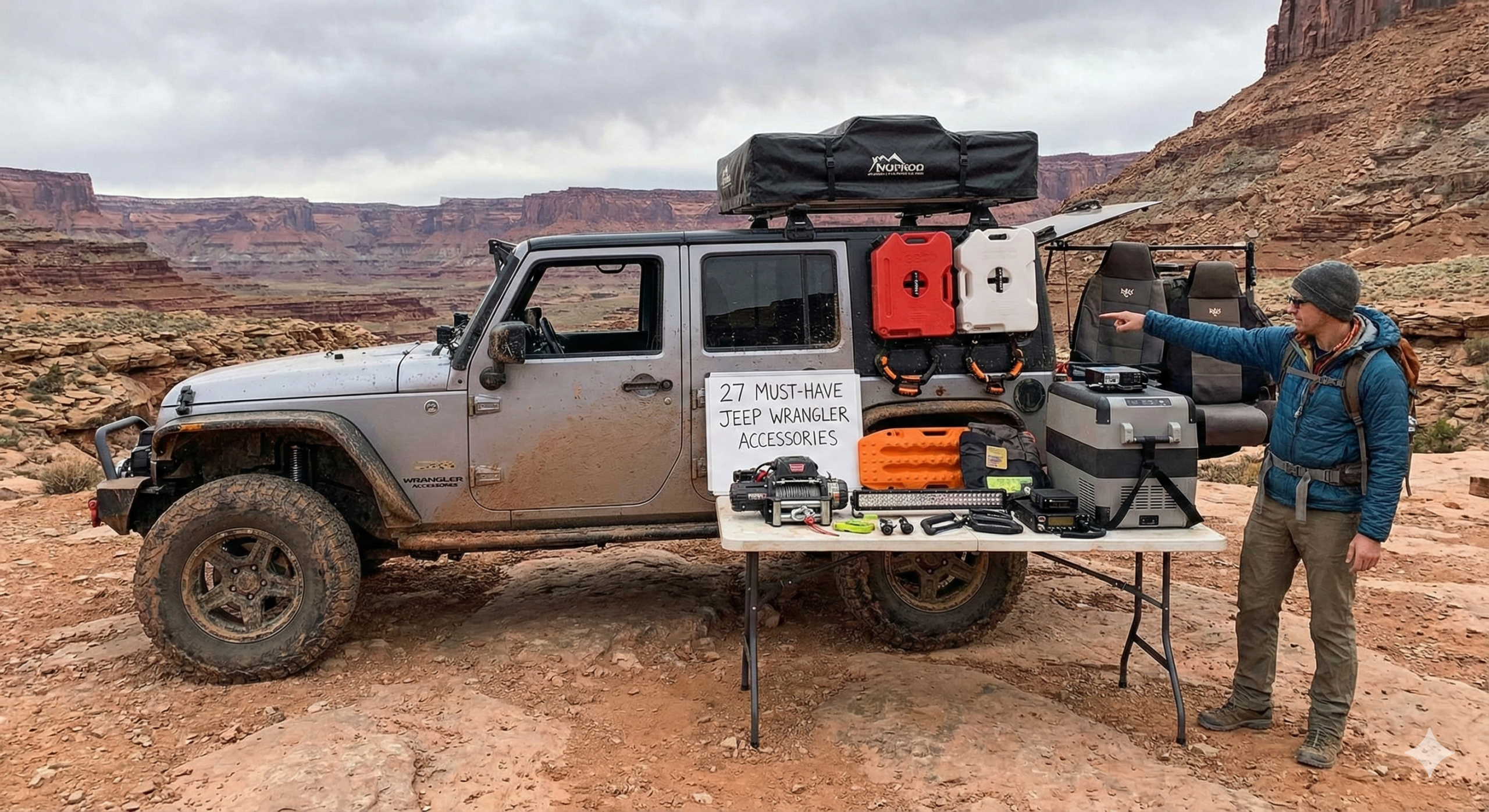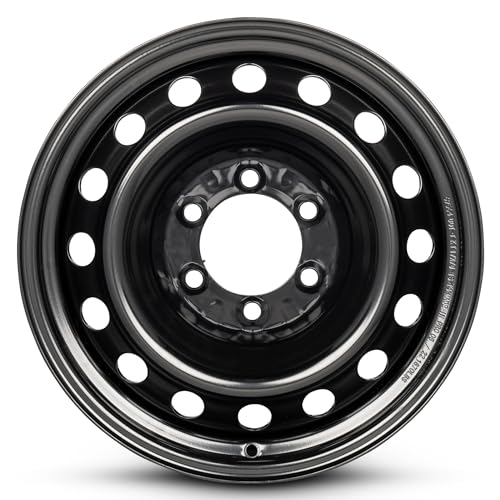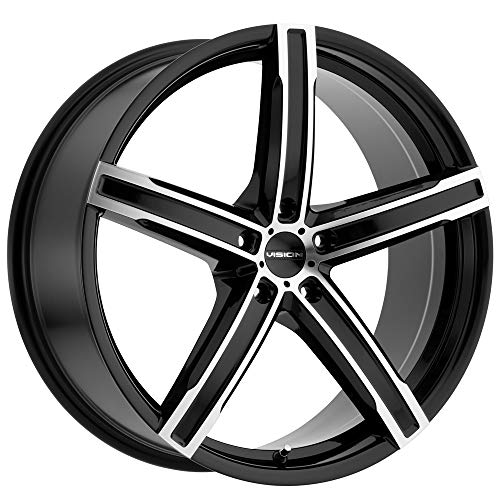To fix the reverse on a Jeep, check the transmission fluid level and condition, inspect the shift linkage for any damage or misalignment, and potentially replace the transmission solenoid or the entire transmission if necessary. Have trouble with the reverse function in your Jeep?
Don’t worry! We’ve got you covered with a concise and easy-to-understand guide on how to fix this issue. Whether your Jeep is experiencing a sluggish reverse, not engaging at all, or slipping out unexpectedly, there are a few key steps you can take to resolve the problem.
We will outline the necessary actions, starting with checking the transmission fluid level and condition, inspecting the shift linkage, and potentially replacing the transmission solenoid or the entire transmission if required. By following these steps, you’ll be able to get your Jeep’s reverse function back in top shape in no time. Let’s dive right in!
Common Issues With The Reverse On A Jeep
The reverse on a Jeep can sometimes present a few common issues. One problem is when the engine revs, but the vehicle won’t move. Another issue is a grinding or clunking noise when shifting to reverse. Additionally, some Jeeps may experience delayed engagement or slipping in reverse.
These problems can be frustrating and inconvenient for Jeep owners. It is important to address these issues promptly to prevent further damage to the vehicle. Seeking professional assistance from a qualified technician who specializes in Jeep repairs is recommended. By diagnosing and fixing the problem correctly, the reverse on a Jeep can be restored to proper functioning, ensuring a smoother driving experience for the owner.
Step-By-Step Guide To Fixing The Reverse On A Jeep
To fix the reverse on a Jeep, start by checking the transmission fluid level. Locate and access the transmission dipstick, then evaluate the fluid level and condition. If a change or top-up is needed, determine that. Next, inspect and replace the transmission filter.
Find and remove the transmission pan, check the filter for debris or damage, and replace it if necessary. To adjust the transmission bands, locate the adjuster on the transmission case and follow the manufacturer’s specifications. After adjustment, test the reverse gear engagement.
Another important step is to check and replace the shift cable. Inspect it for wear or damage, disconnect and remove the old cable, and install and adjust the new one. Additionally, inspect the clutch hydraulic system for leaks or malfunctions.
Replace or repair any damaged components. Seek professional assistance if needed, especially for more complex issues. A qualified mechanic can troubleshoot and diagnose advanced problems.
Tips For Preventing Reverse Issues On A Jeep
To prevent reverse issues on your Jeep, it is crucial to regularly maintain the transmission fluid. Make sure to check the fluid level and quality to ensure smooth operation. Another important step is following the recommended maintenance schedule for your Jeep.
This will help prevent any potential problems and keep your Jeep running smoothly. Additionally, practicing proper shifting techniques is essential to reduce wear on the transmission components. By being mindful of how you shift gears, you can avoid unnecessary strain on the transmission system.
Taking these steps will help you avoid reverse issues and keep your Jeep in optimal condition.

Frequently Asked Questions Of How To Fix The Reverse On A Jeep
What Causes Jeep To Not Reverse?
A possible cause for a Jeep not reversing could be mechanical issues with the transmission or a faulty gear shifter.
What To Do If Reverse Gear Is Not Working?
If the reverse gear is not working, check the transmission fluid level and condition, and consult a professional mechanic for further diagnosis and repair.
Why Won’t My Car Get Out Of Reverse?
If your car won’t get out of reverse, it could be due to a mechanical issue with the transmission.
Why Does My Jeep Stall In Reverse?
Your Jeep may stall in reverse due to issues with the transmission or the fuel system.
How Do I Diagnose Reverse Problems In My Jeep?
Diagnosing reverse problems in your Jeep involves checking the transmission fluid levels, inspecting the gear shift linkage, and examining the transmission control module.
Why Is My Jeep Not Going Into Reverse?
Your Jeep may not go into reverse due to issues such as low transmission fluid, a malfunctioning transmission range sensor, or a faulty transmission control module.
How Much Does It Cost To Fix Reverse On A Jeep?
The cost to fix the reverse on a Jeep can vary depending on the extent of the problem and the specific repairs needed. It is best to consult a professional for an accurate estimate.
Conclusion
To conclude, fixing the reverse on a Jeep is a task that requires patience, knowledge, and the right tools. By following the steps outlined in this blog post, you can confidently address the issue and get your Jeep back in working order.
Remember to diagnose the problem accurately, check for loose or damaged components, and test the transmission fluid. If necessary, consider consulting a professional or seeking further assistance. Taking proper care of your Jeep’s reverse function will not only ensure a smooth driving experience but also extend the lifespan of the vehicle.
So, roll up your sleeves, get familiar with the inner workings of your Jeep, and tackle the reverse issue head-on. With the right approach and attention to detail, you’ll be back on the road with full reverse functionality in no time.
Happy fixing!





Leave a Reply